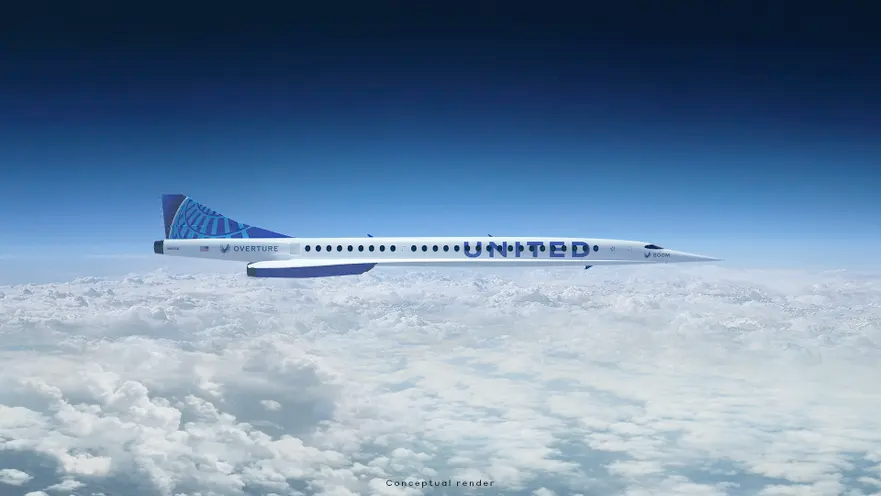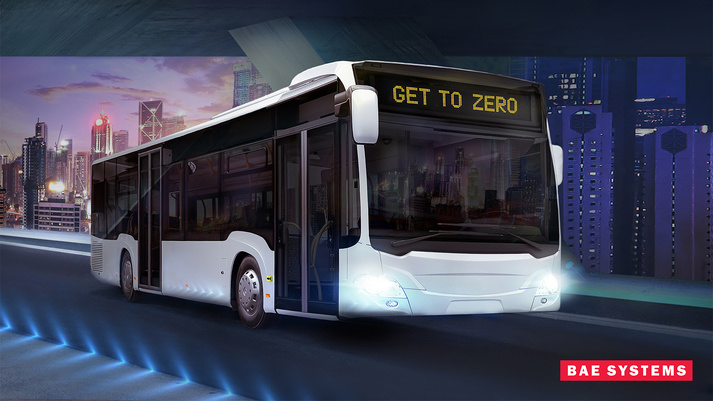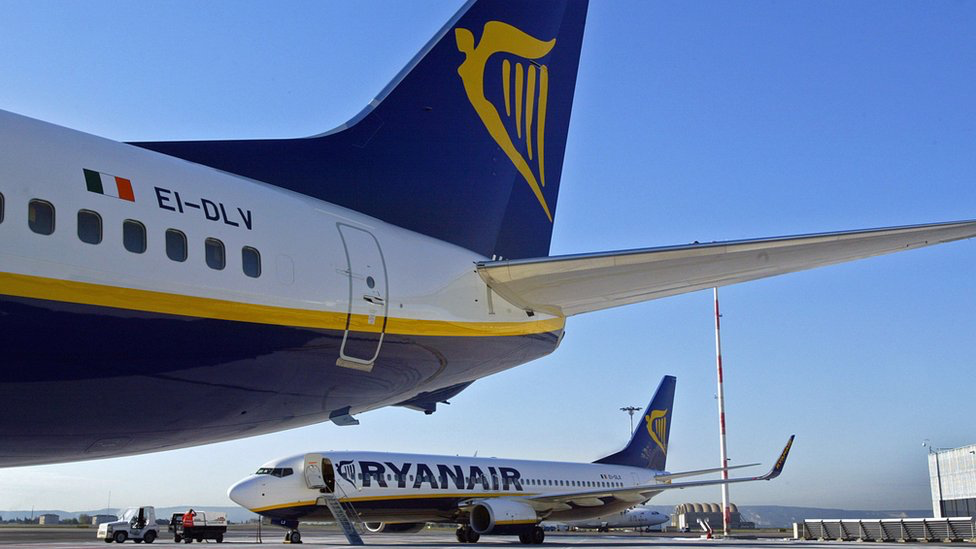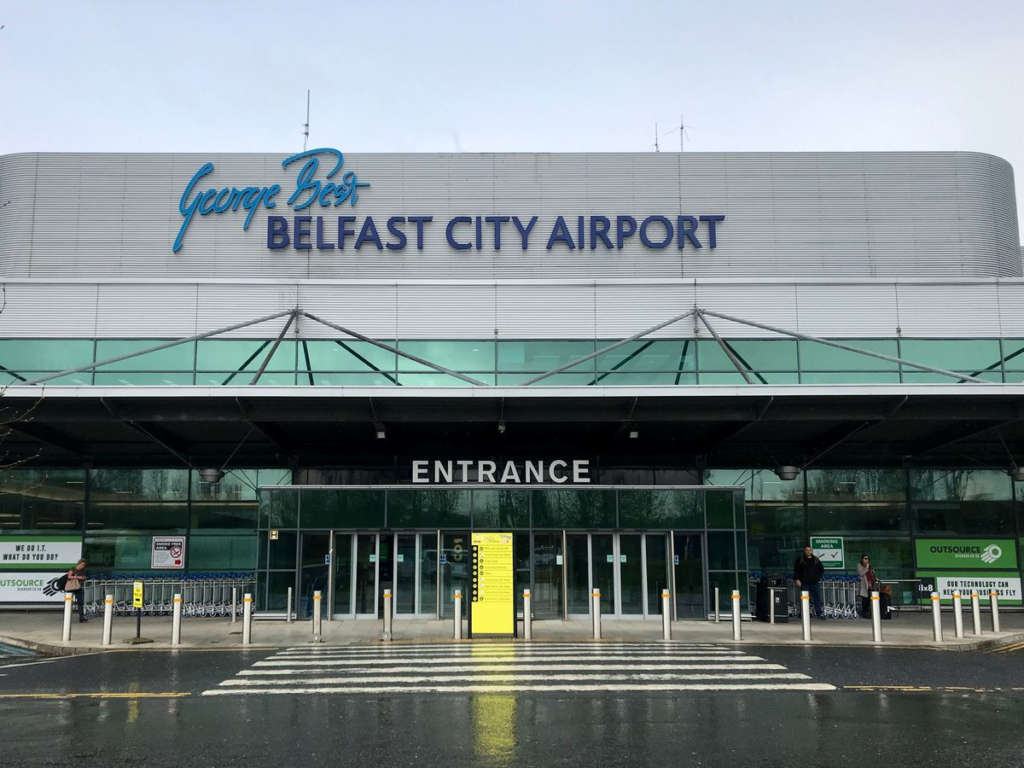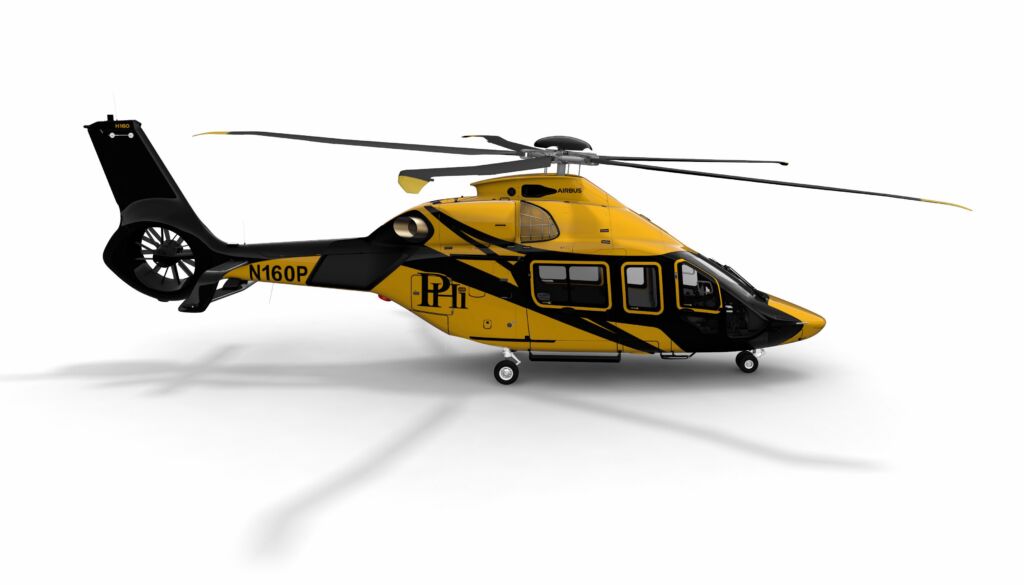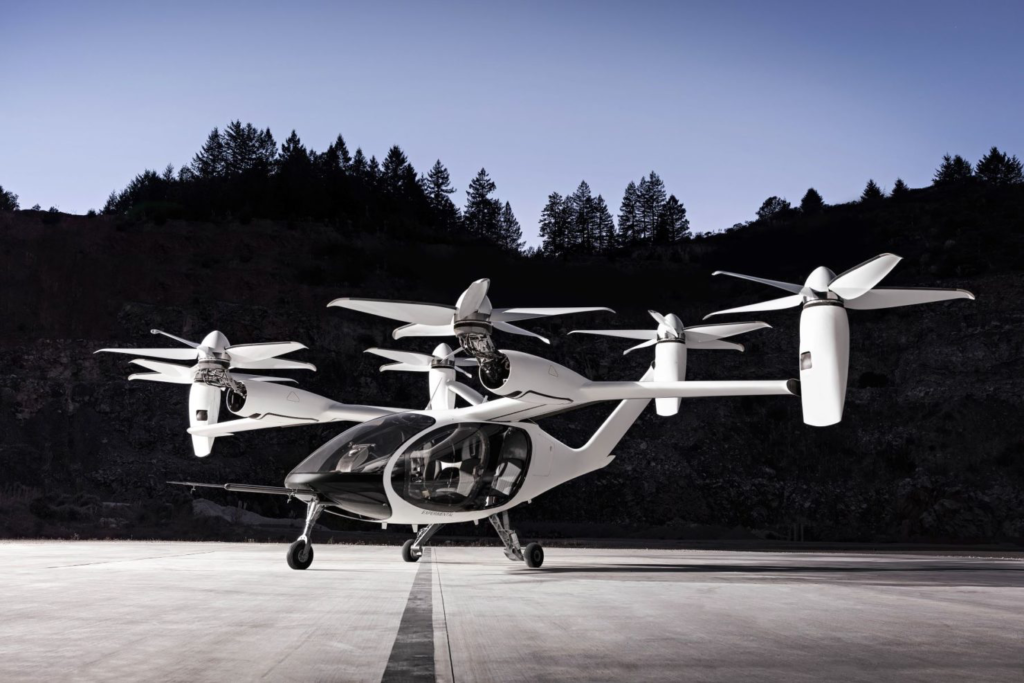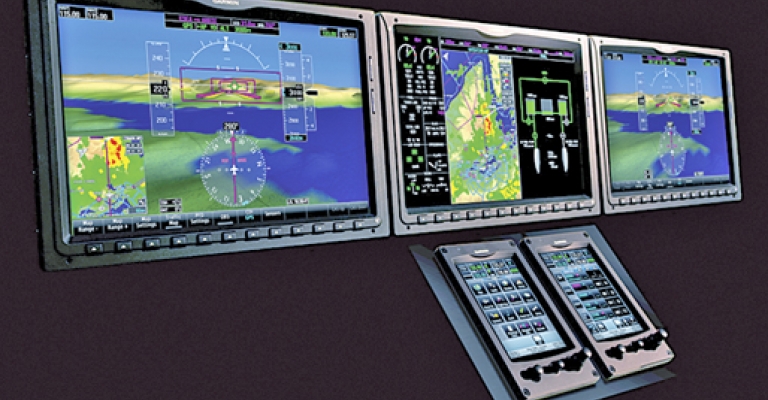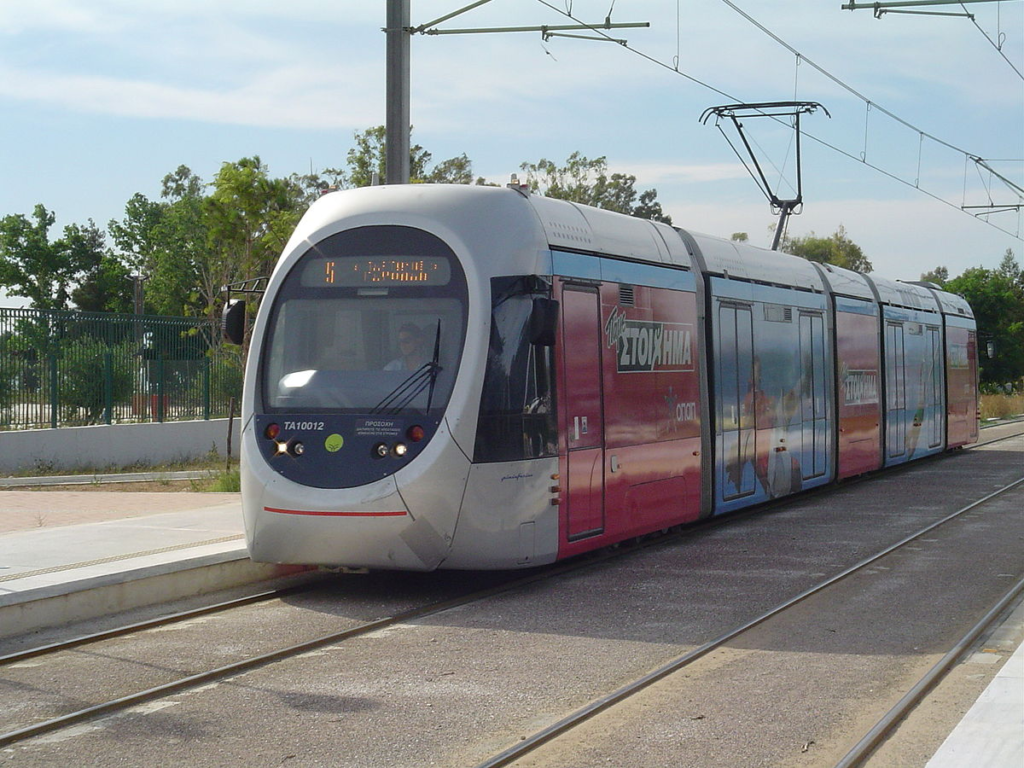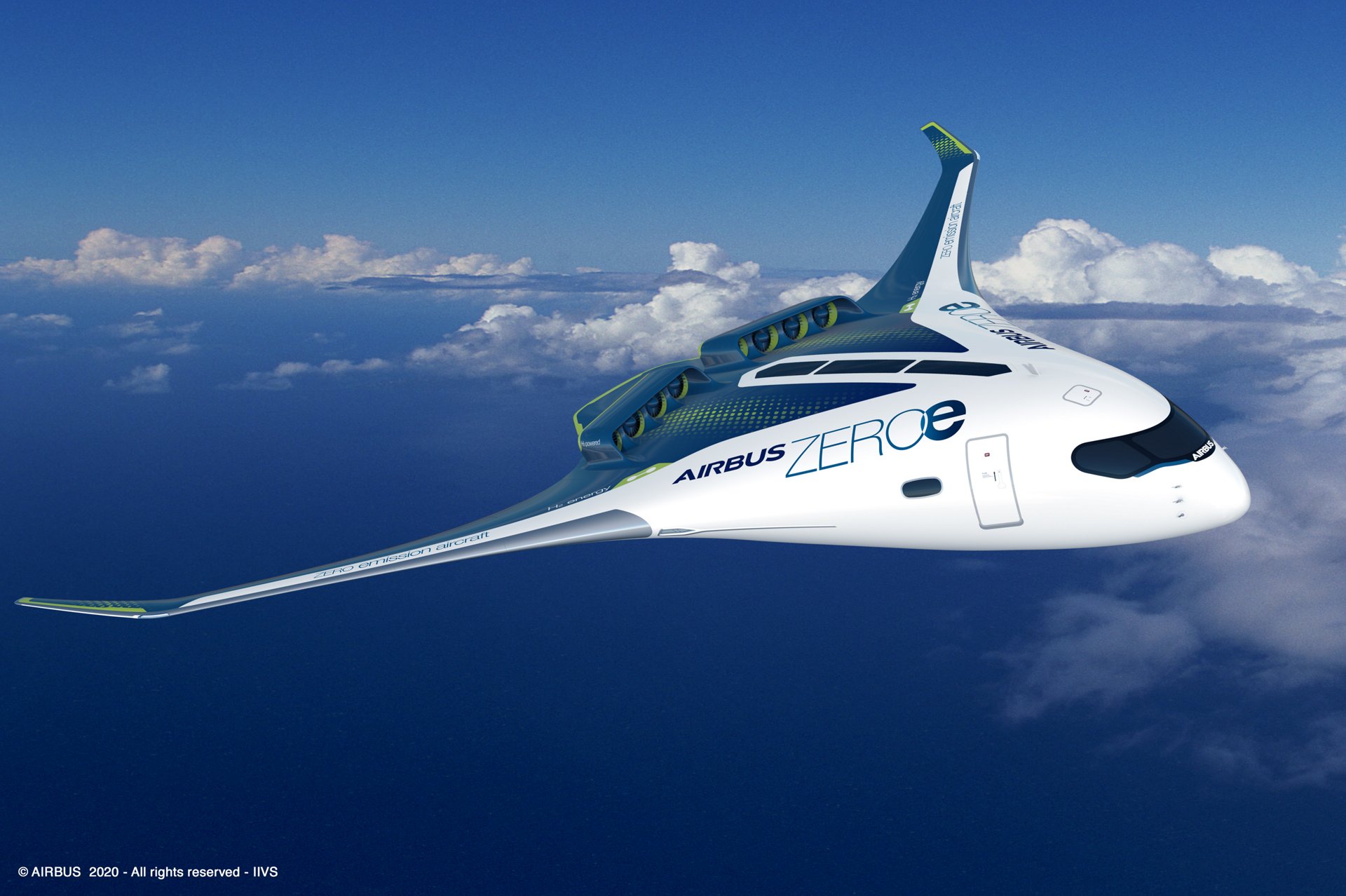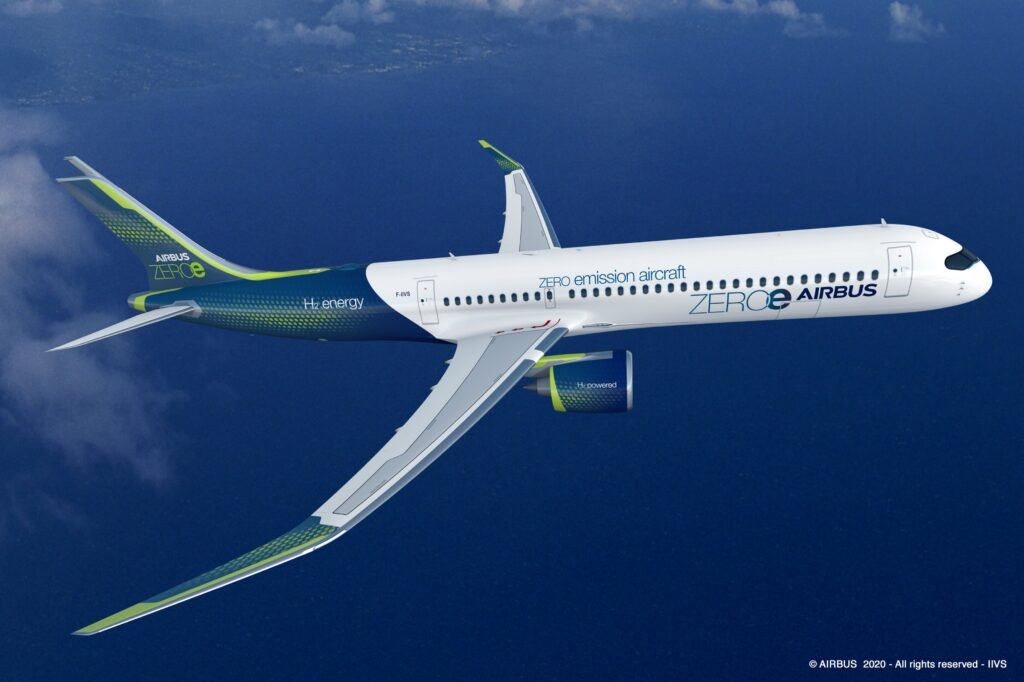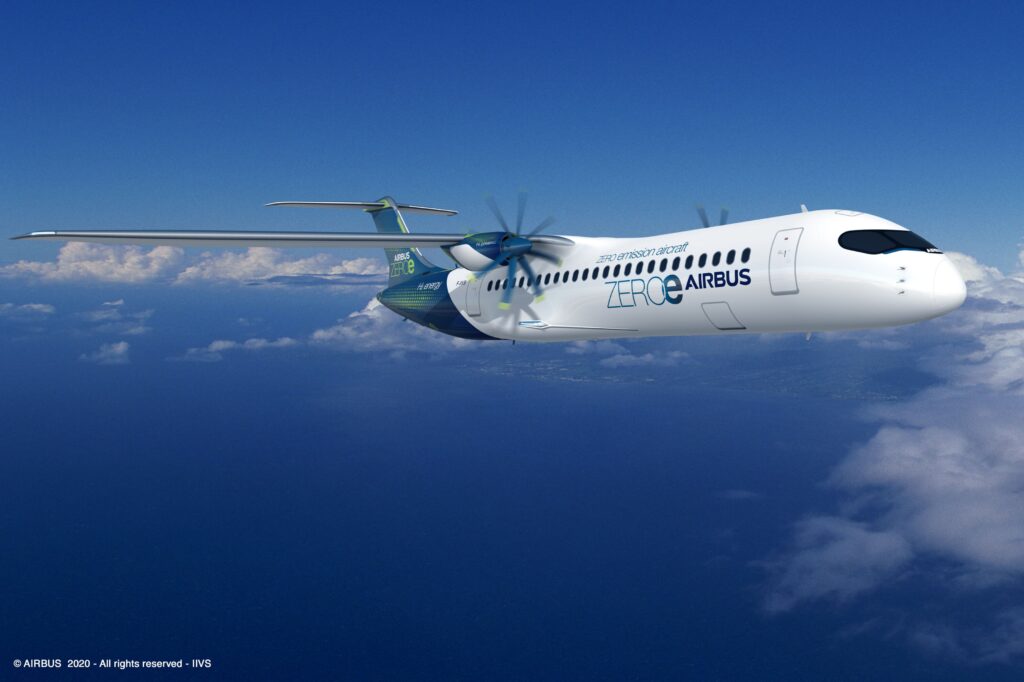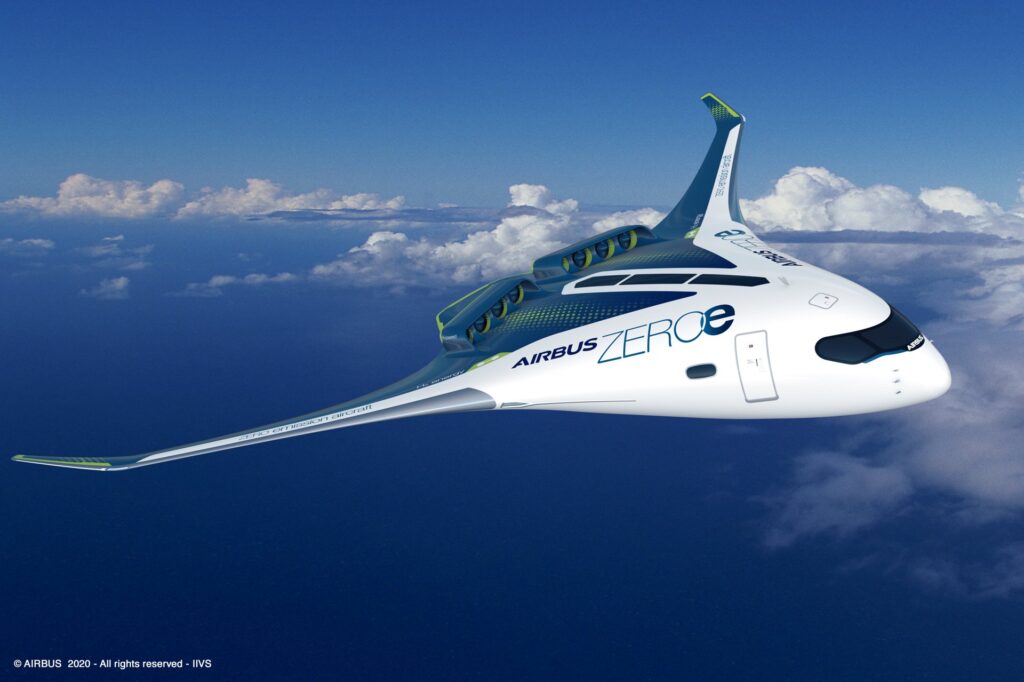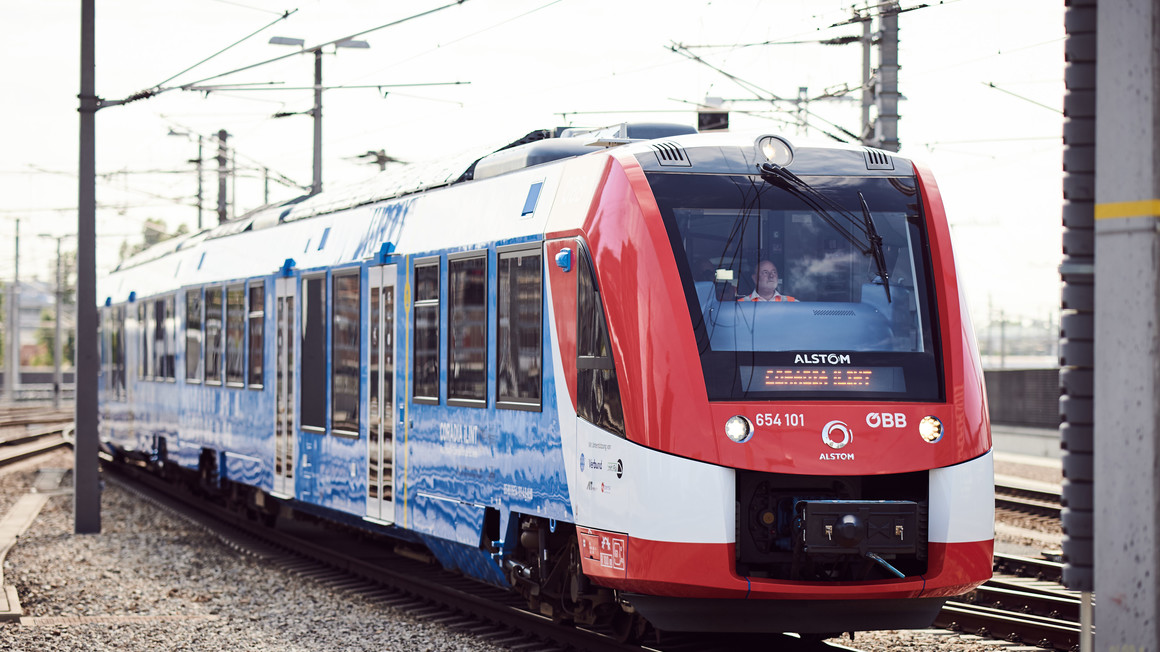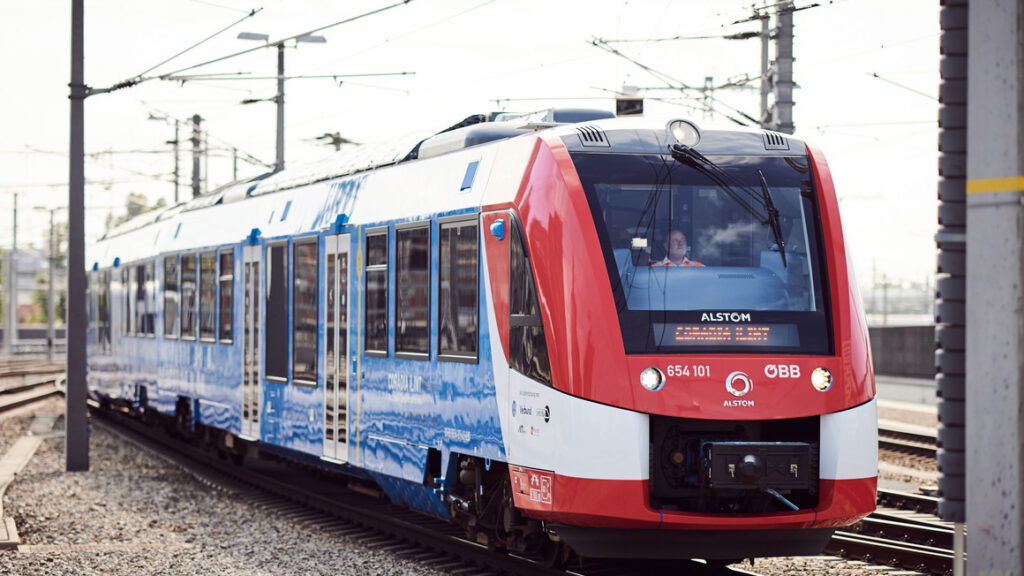PRNewswire/ — United Airlines (NASDAQ: UAL) today announced a commercial agreement with Denver-based aerospace company Boom Supersonic to add aircraft to its global fleet as well as a cooperative sustainability initiative – a move that facilitates a leap forward in returning supersonic speeds to aviation.
Under the terms of the agreement, United will purchase 15 of Boom’s ‘Overture’ airliners, once Overture meets United’s demanding safety, operating and sustainability requirements, with an option for an additional 35 aircraft. The companies will work together on meeting those requirements before delivery. Once operational, Overture is expected to be the first large commercial aircraft to be net-zero carbon from day one, optimized to run on 100% sustainable aviation fuel (SAF). It is slated to roll out in 2025, fly in 2026 and expected to carry passengers by 2029. United and Boom will also work together to accelerate production of greater supplies of SAF.
Capable of flying at speeds of Mach 1.7 – twice the speed of today’s fastest airliners – Overture can connect more than 500 destinations in nearly half the time. Among the many future potential routes for United are Newark to London in just three and a half hours, Newark to Frankfurt in four hours and San Francisco to Tokyo in just six hours. Overture will also be designed with features such as in-seat entertainment screens, ample personal space, and contactless technology. Working with Boom is another component of United’s strategy to invest in innovative technologies that will build a more sustainable future of air travel.
